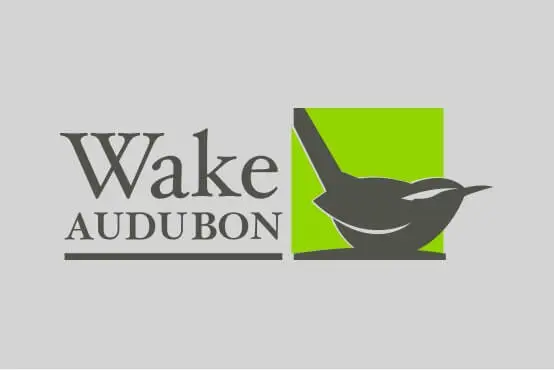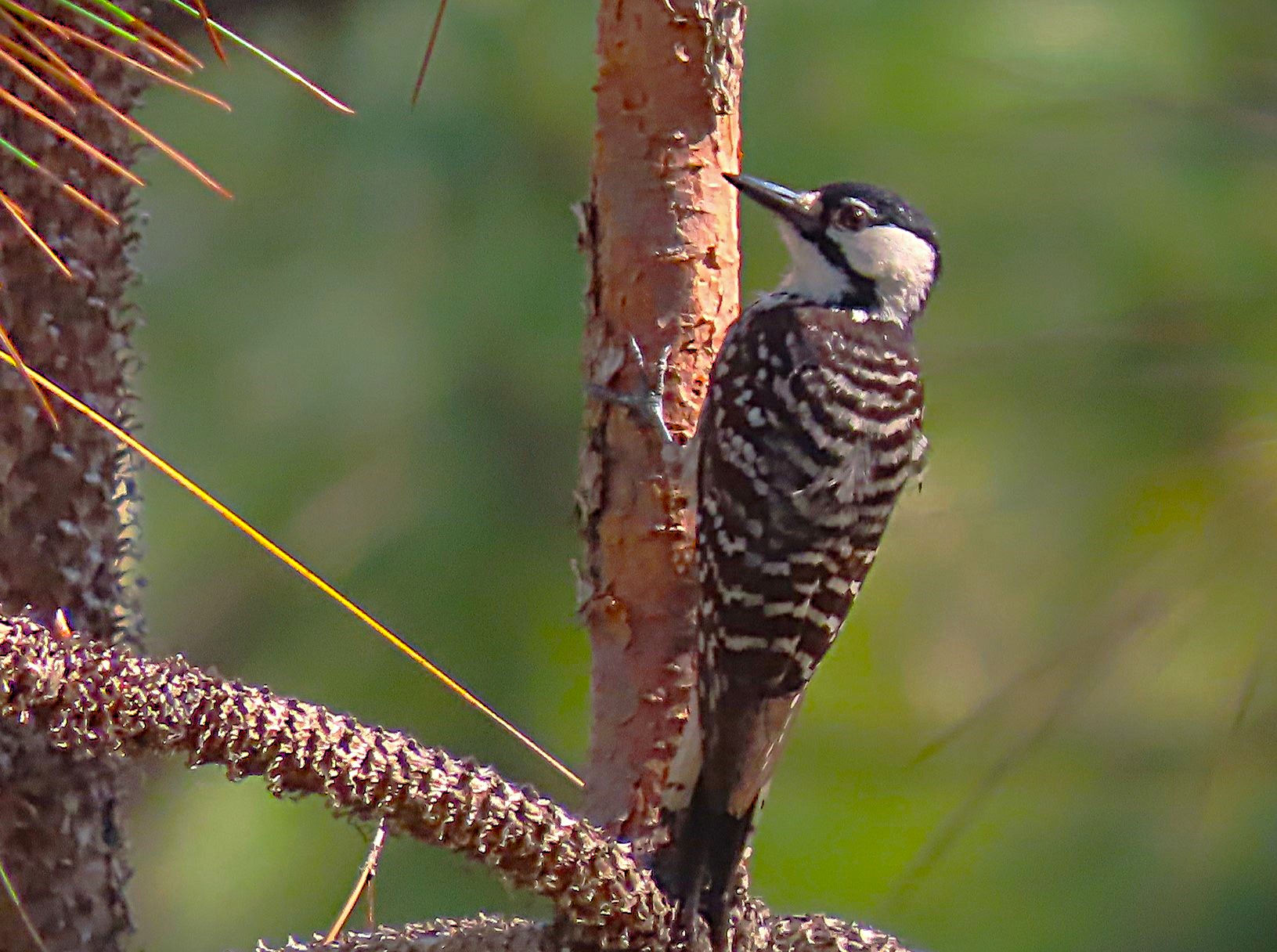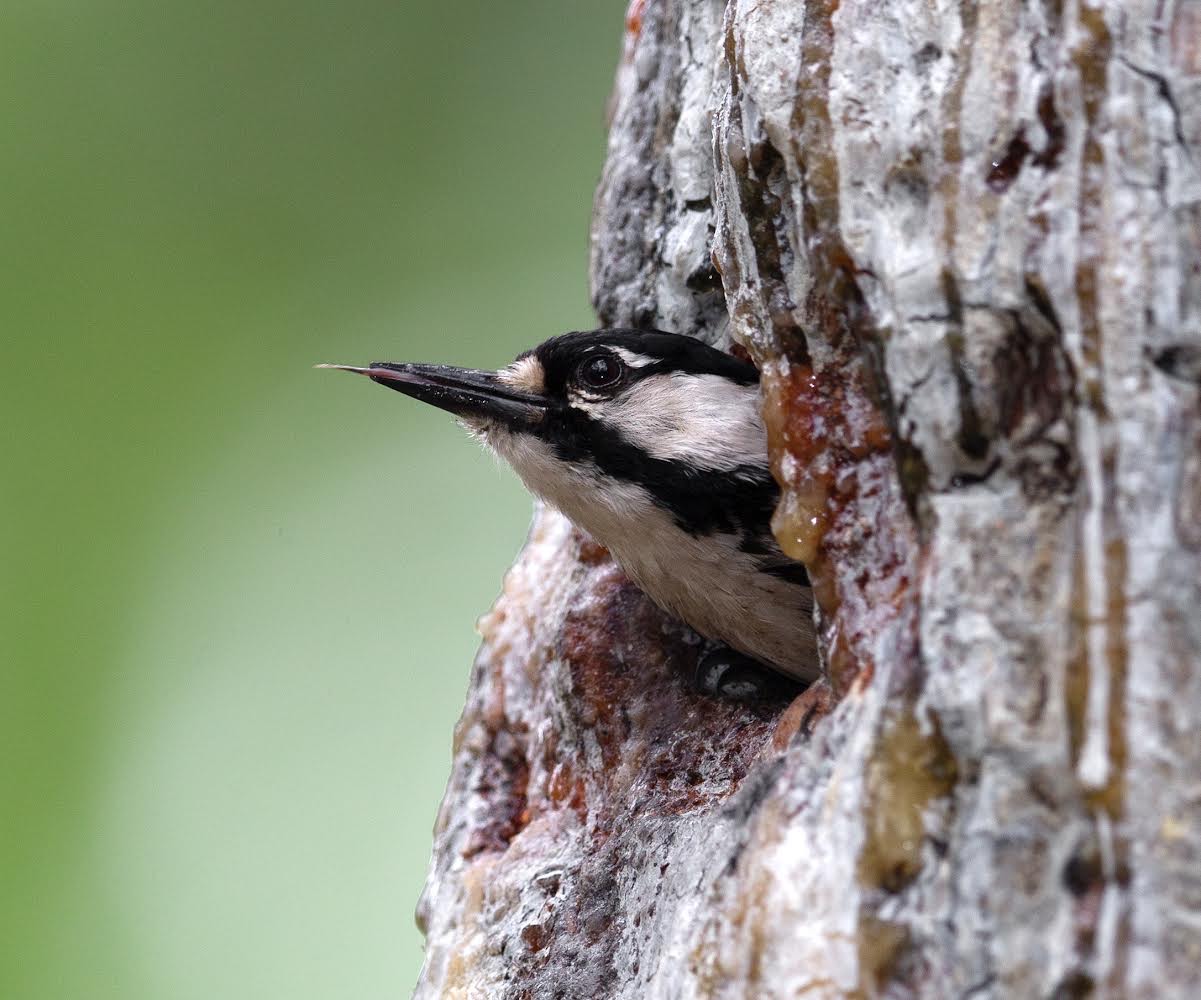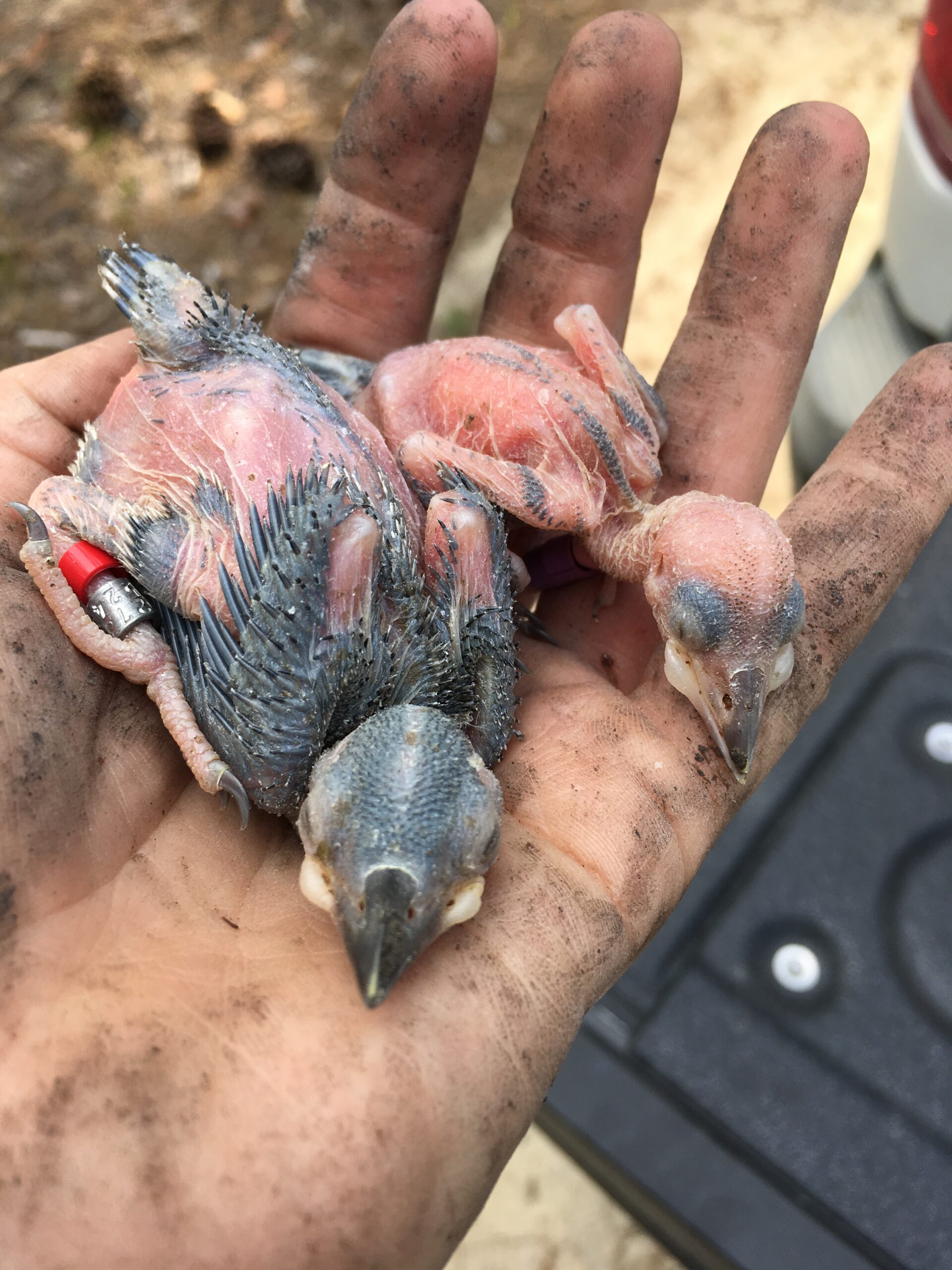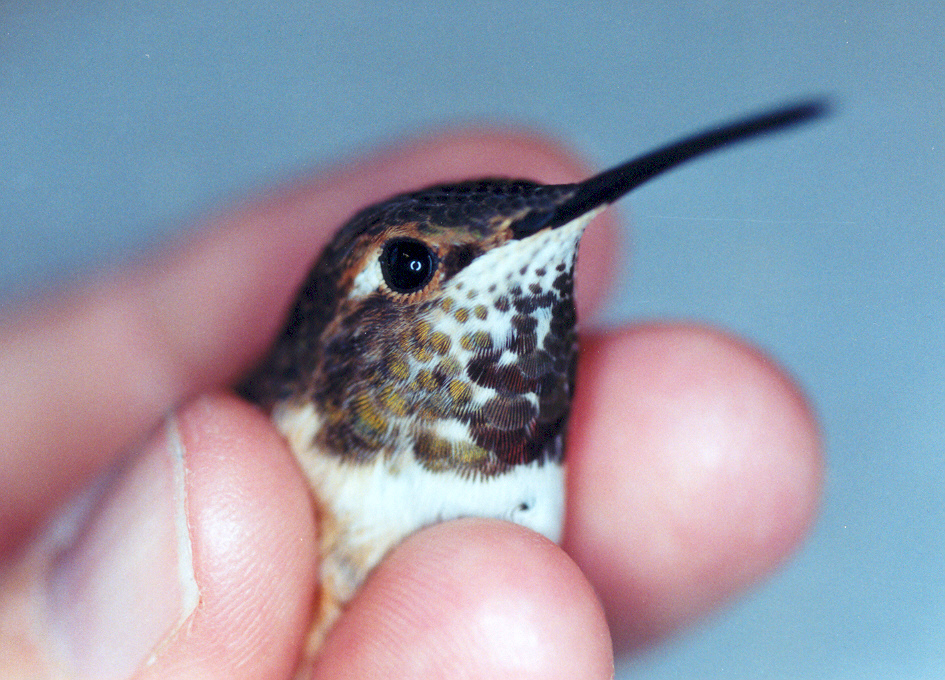Why She Leaves: The Story of Female RCW Dispersal
July 1, 2025
To stay or not to stay? That is the question. At least, if you’re a male Red-cockaded Woodpecker fledgling.…
Who Stays and Who Strays: The Social Choices of Male Red-Cockaded Woodpeckers – June 2025 BOTY Blog
June 1, 2025
Nature offers nearly endless varieties of adaptations that help species survive in their particular…
An adventurous partner’s love of birding lives on
May 29, 2025
By Rick LaRose, Board Director; Equity, Diversity, Inclusion, and Belonging Co-chair; Beginner Birder Program…
Celebrating the 2025 Wake Audubon Award Recipients: Diane Hardy and Phil Doerr
May 14, 2025
Each year, Wake Audubon recognizes individuals whose contributions exemplify our mission to inspire the…
Spring in the Pines: Breeding Season for the Red-Cockaded Woodpecker
May 1, 2025
Even the most ardent tree-lovers among us may be feeling less kindly about our Carolina pines during these…
April 2025 BOTY Blog
April 1, 2025
Our bird of the year, as discussed last month, is a threatened species list and is quite rare to see in the…
March 2025 BOTY Blog
March 1, 2025
Welcome back to our bird of the year blog! Here is an adorable picture of our beloved Red-cockaded woodpecker…
Building a Home – The Nesting Cavities of the Red-cockaded Woodpecker
February 1, 2025
Welcome back to our bird of the year, the Red-cockaded Woodpecker! If you needed a little refresher on who…
Meet the 2025 Wake Audubon Bird of the Year!
January 1, 2025
When famed naturalist William Bartram trekked through the wilderness of the southeastern United State in the…
Winter is Here!
December 1, 2024
Although it is not yet December 21st, in terms of the hummingbird calendar in North Carolina the winter…


